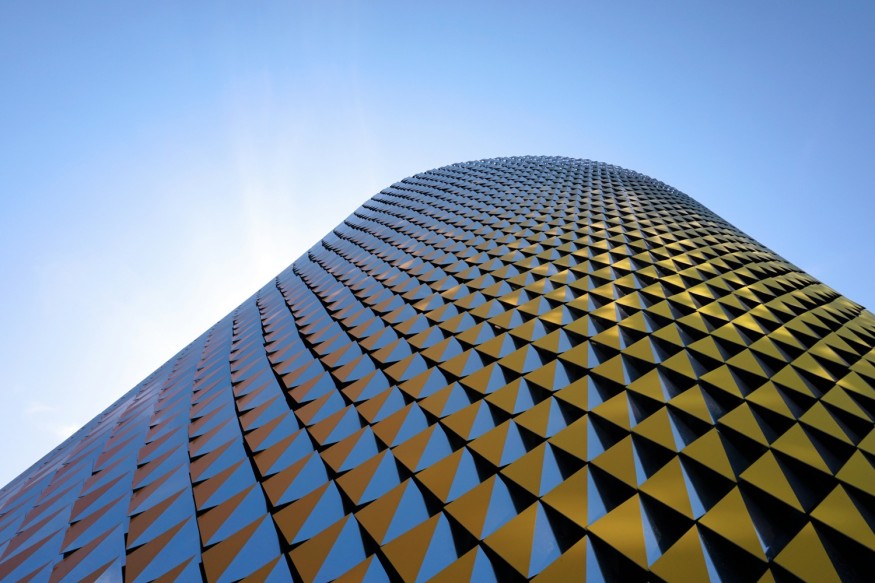‘Artificial. Intelligent. Architecture’ Explores AI’s Impact on the Built Environment

Given the advent of AI tools, architectural design is no longer a clearly defined process. Questions related to authorship and the design process became open to discussion. AI has ushered in the era of fast and smart design. Architects now have the privilege of using new machine learning tools, which range from DALL-E to Stable Diffusion and Midjourney, thus elevating the way both the visuals and the process of constructing spaces are conceptualized and realized.
"Artificial. Intelligent. Architecture" by Frank Jacobus and Brian M. Kelly
This discussion centers on the fact that Frank Jacobus and Brian M Kelly, in their "Artificial. Intelligent. Architecture" book by Oro Editions, are the authors of this revolutionary creation. On a par with the volume's content being 300 pages and starting with USD 40, this seminal work finds AI's fundamental application in architecture, featuring contributions done by 18 architects and designers whose ambition is to explore and go beyond the AI features.
Exploring AI Perspectives in Architecture
Every chapter of the book presents a specific viewpoint that stimulates intellectual questioning while at the same time offering an implementation approach to the concepts. Conducting interviews with the leading entrepreneurs in this field serves as an extra source of guidance for the reader as they gain interesting perspectives about where human-made intelligence in architecture is right now and where it could later be in time. The question of AI as neither only a method of brainstorming nor just an extension of the architect's creative nature is raised by authors, ensuring the essential discussion on the upcoming change in architectural authorship.
The moving book dells paced raises vital questions of ethical and conceptual ranges that may occur due to AI technology's advancement in architecture. What role does AI play in the design process, how does it affect it, and thus, how does AI bring good influence into the design? Is it possible that tech can limit other forms of creativity and narration? Ultimately, they are parts of the activities given by the title "Artificial Intelligent Architecture."
A Visionary Architect
The involvement of Frank Jacobus, co-principal of SILO AR + D and a head of the architectural department of the College of Arts and Architecture of Penn State, is due to his being an artist and an architect as well. Jacobus, who stands out in the residential and institutional sectors, can be proud of his user-friendly design style. It is how he integrates the available AI technologies culture in his works.
Exploring Architectural Authorship in the Digital Age
Brian M. Kelly, a licensed architect and associated professor at the University of Nebraska, allows discussion about architecture, technology, and authorship in our time. Kelley's research subject involves the altering landscapes of architectural authorship in an AI-dominated era, and he tackles the AI concerns related to architectural practice.
In an age when technology is advancing quickly, "Artificial. Intelligent. Architecture" is a work of art that is a perfect response to the theme of many contemporary works about the complex relationship between AI and architectural creativity. Given that designers currently face AI opportunities and problems, this book provides a valuable map for policymaking and practice.
Architecture's Response to the Seven Million Homes Shortage

Travis Scott Slams Victory Boyd in Explosive 'Telekinesis' Lawsuit: 'She Lied on Copyright'

From Digital Models to 3D-Printed Homes: Jaspreet Kaur Lall Explains How the Innovation Changes the Construction Industry

Future Belongs to Green Construction: Sampath Kumar Paspunoori Explains One of the Key Trends in the Construction Industry

Kamala Harris' Campaign Ad Uses Iconic Visuals from Carrie Mae Weems to Connect with Voters














